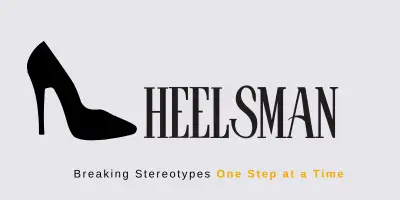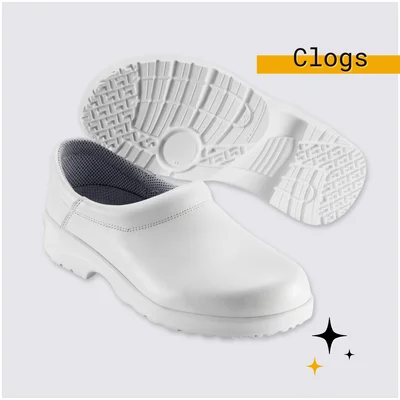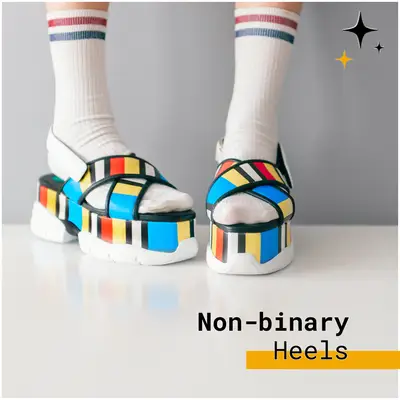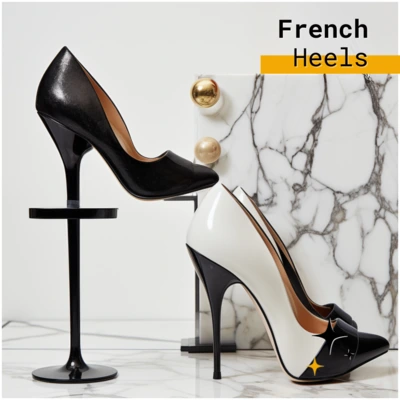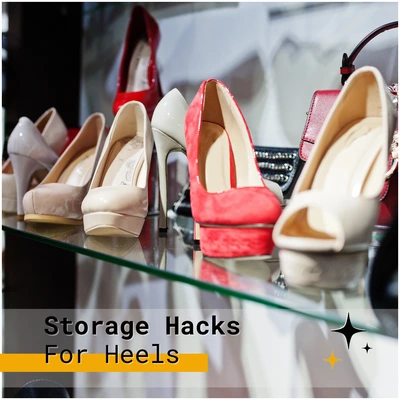– Everyday wear and why they’re perfect
If you’d told me a few years ago that clogs would become one of my go-to shoe styles, I’d have laughed. But here I am, a proud heelsman who not only embraces towering stilettos but also appreciates the quirky charm of mules. They’ve got history, style, and a surprising amount of flair—if you know how to wear them right. Let’s dive into the world of mules and explore why they’ve made such a splash in both traditional and modern fashion.
What Are Clogs?
Clogs are a type of footwear characterized by their sturdy, often wooden soles and unique shape. They can range from fully enclosed designs to open-backed slip-ons. Traditionally made from wood, now incorporate materials like leather, rubber, and even foam—hello, Crocs!
Their versatility is what makes them so appealing. Whether you’re after something practical, trendy, or downright quirky, there’s a clog out there with your name on it.
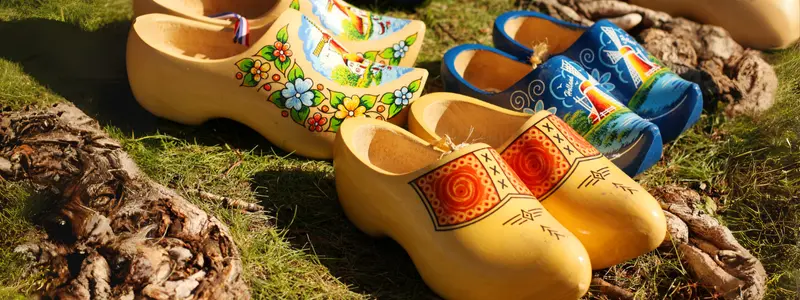
The History of Wooden Footwear
Sabots have been around for centuries, originally designed for practicality. Early versions, made entirely of wood, were worn by workers who needed sturdy, protective footwear. Think of them as the steel-toe boots of the past—minus the laces.
By the 19th century, wooden shoes had spread across Europe, with each region adding its own flair. In the Netherlands, they became synonymous with Dutch culture. Meanwhile, countries like Sweden and France refined their designs, making them sleeker and more wearable.
Types of Clogs
They have evolved significantly over time, offering styles for every taste:
- Traditional Wooden Clogs: Used in various cultures, such as the traditional game in West Sumatra, which involves wooden sandals with tire straps. Japanese Geta shoes are another example, which are wooden sandals that promote active toe movement and may help prevent foot disorders and falls.
- Modern Variations:
- Crocs: Love them or hate them, Crocs have redefined comfort with their lightweight foam design.
- Adidas Clogs: Sporty and stylish, ideal for casual outings.
- Rubber Clogs: These are trendy, brightly colored footwear often worn by children. However, they have been implicated in severe escalator-related foot injuries due to their broad toe-box design and softness, making them vulnerable to being crushed by escalator steps.
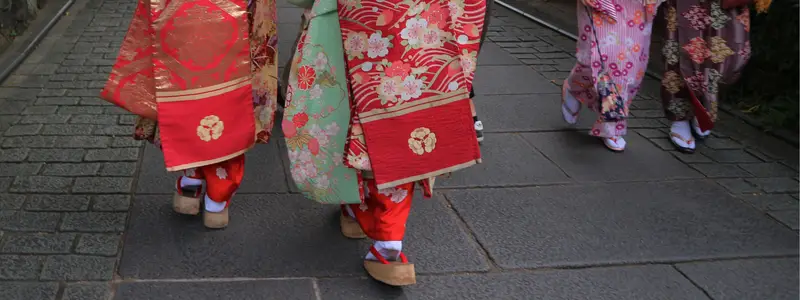
Cultural Significance of Clogs in Different Countries
They aren’t just shoes; they’re cultural icons.
Medieval Europe: Some wooden shoes featured designs allowing flexibility, such as hinged pattens or styles like the Spanish albarca, which included carefully placed ease for movement.
Netherlands: Iconic wooden shoes are emblematic of Dutch culture and often sold as souvenirs. Historically, they were a practical choice for farmers.
Scandinavia: Were prized for their durability and simplicity, often paired with traditional folk attire.
Japan: Wooden geta sandals share similarities with clogs, reflecting a parallel appreciation for functional yet fashionable footwear. Japanese shoes often feature high pegs or teeth, enabling the foot to rotate smoothly with each step.
Greece and Rome: Some ancient Greeks apparently wore kroúpezai (κρούπεζαι) made of wood, while the Romans referred to similar footwear as sculponeae. Both cultures used wooden soles with leather straps, creating durable and functional designs.
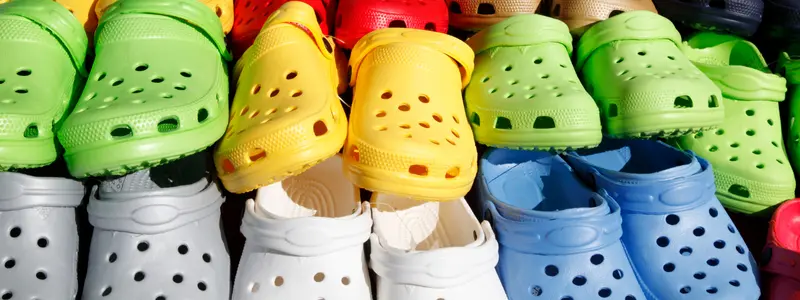
How Shoes Influenced Modern Fashion Trends
Mules have seen their share of highs and lows in the fashion world, but their recent resurgence has been nothing short of remarkable. Luxury houses like Chanel and Gucci have showcased them on the runway, proving that these once-humble shoes can hold their own alongside the glamour of stilettos.
They’re a perfect blend of practicality and personality.
For everyday wear, clogs’ comfort and versatility have won over everyone from busy moms to style-conscious heelsmen like me.
My Personal Experiences
I vaguely remember wooden shoes from my childhood at my grandmother’s countryside home. They weren’t exactly comfortable since they were too big for me, but their oversized and funky style made me love them. I wore them everywhere, no matter the weather. They offered protection from physical harm while allowing my feet to breathe. However, with shoes too large for my tiny feet, I couldn’t run gracefully—more like a clumsy attempt at mimicking a dainty geisha.
The first time I intentionally incorporated mules into my wardrobe was a completely unique experience. As a heelsman accustomed to bold footwear choices, these felt refreshingly different. Paired with loose-fitting trousers and a structured blazer, the mules added an effortless balance of style and comfort to my outfit.
I distinctly remember one occasion when I attended a fashion event in striking red clogs. An old friend approached me, impressed, and said, “Only someone as bold as a heelsman could pull those off so effortlessly.” It was a compliment I proudly embraced.
Clogs for Heelsmen: Why They’re a Great Choice
Wooden-soled shoe are a godsend for anyone who values both style and comfort.
They’re a fantastic alternative when you want to give your arches a break without sacrificing height or flair.
They’re also incredibly versatile. Whether you’re dressing up for a casual lunch or heading to an art gallery, they can elevate (pun intended) your outfit while keeping things grounded.
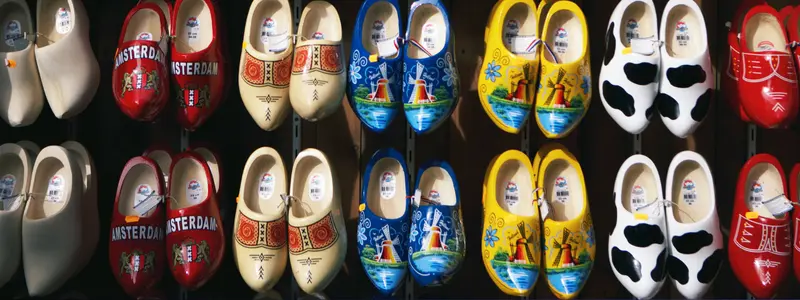
Tips for Styling Clogs
- For a Casual Look: Pair Birkenstock clogs with skinny jeans and a graphic tee. Add a denim jacket for extra flair.
- For a Statement Outfit: Go bold with brightly colored or patterned clog shoes. Match them with neutral pieces to let the shoes shine.
- For Workwear: Opt for sleek leather clogs. Pair them with tailored trousers and a crisp shirt for a polished yet comfortable vibe.
Clogs may not have the glamour of stilettos, but they’ve carved out a niche as a stylish, functional option for anyone who dares to be different. For heelsmen, they’re a reminder that fashion is about expression—not limitations. So, whether you’re strutting in stilettos or clomping in simple shoes, wear them with pride.
Today's Heelsman Topics – feel free to comment!
FAQs
Are clogs comfortable?
Surprisingly, yes! Once broken in, they’re great.
Can clogs be stylish?
If worn right, they can be effortlessly cool.
Do wooden shoes work for formal occasions?
Stick to sleek designs for dressier looks.
Are wooden clogs practical?
If you like a dramatic entrance (clonk, clonk), yes.
Clogs might not be the first thing that comes to mind when thinking of heels, but their unique blend of comfort and bold style makes them a standout choice. Whether traditional wooden or modernized chic, clogs are for those who dare to be different. A man confidently walking in heeled clogs? Now that’s fearless fashion.
